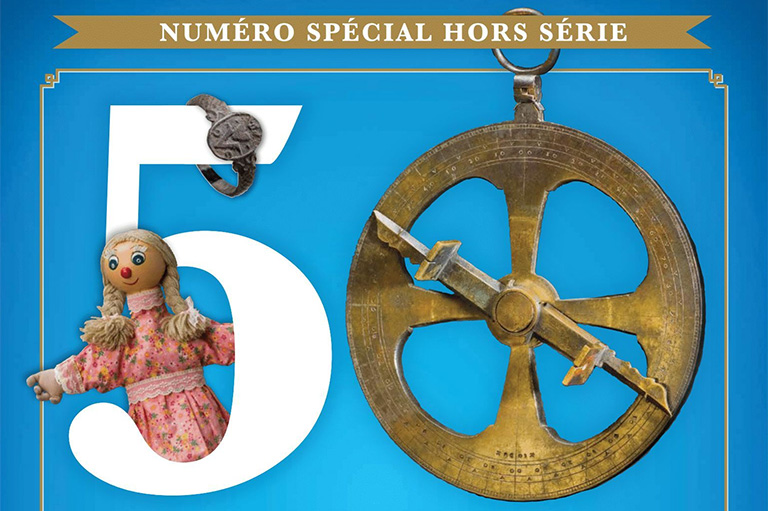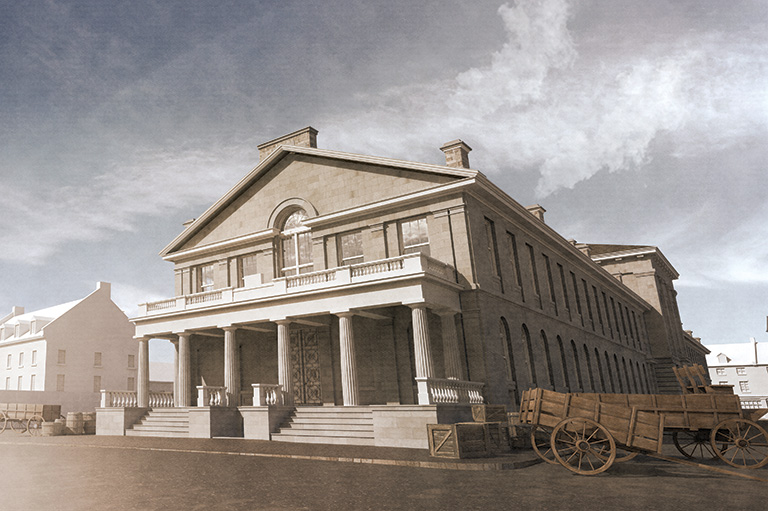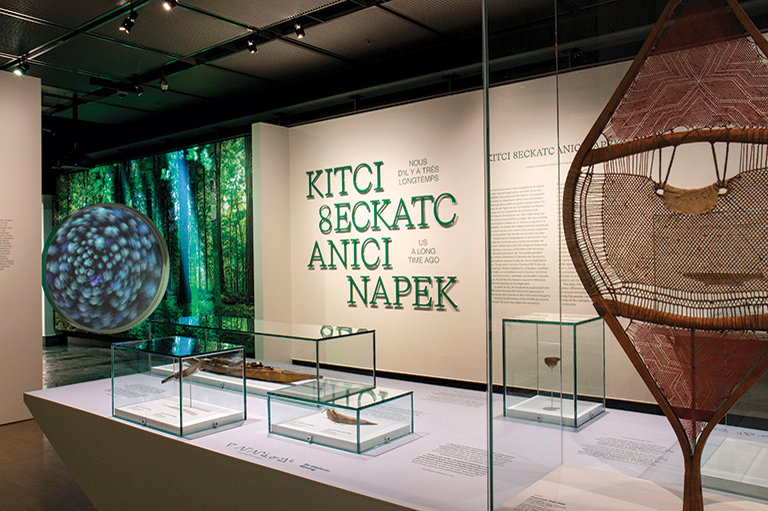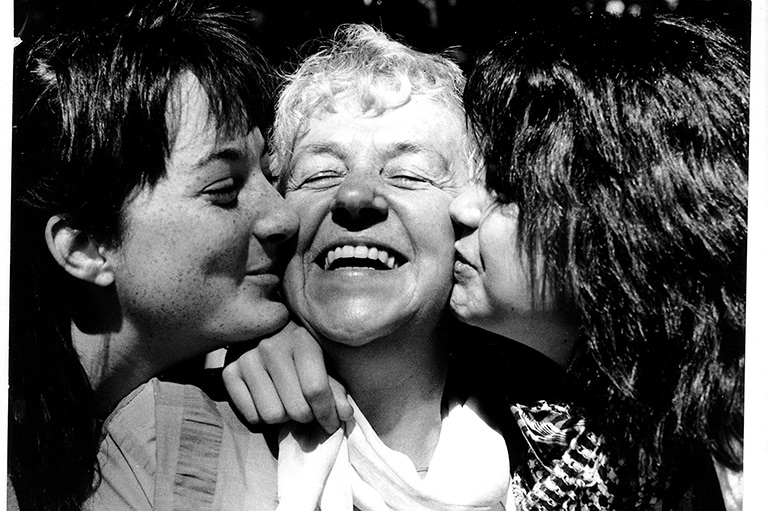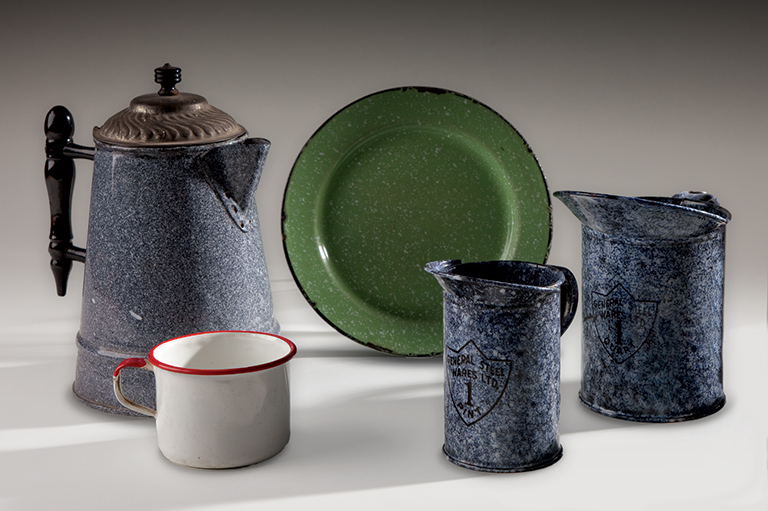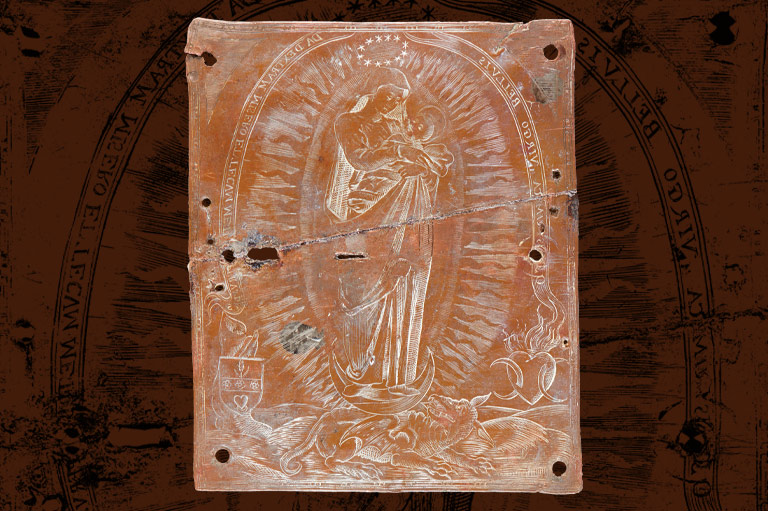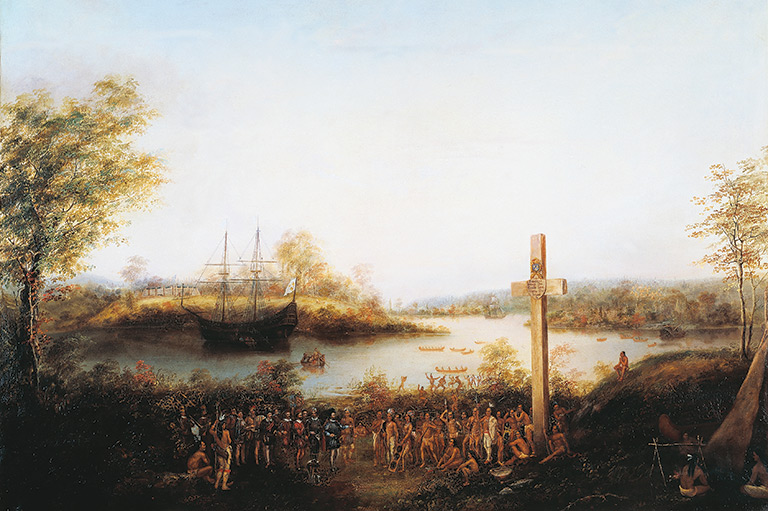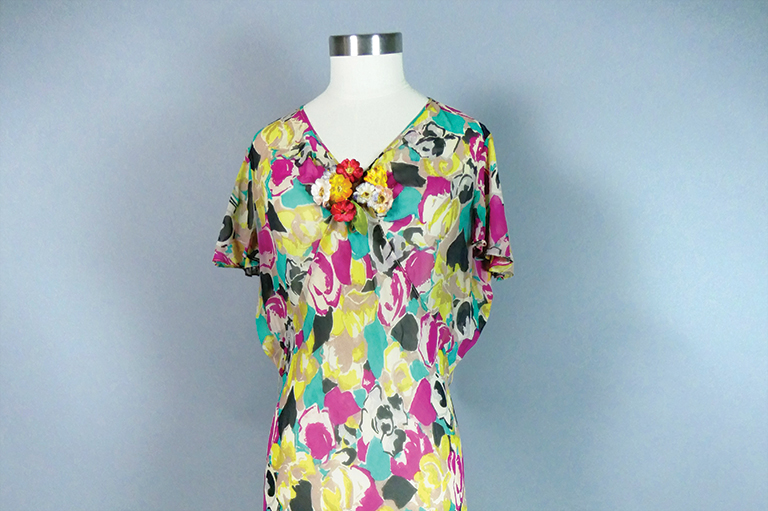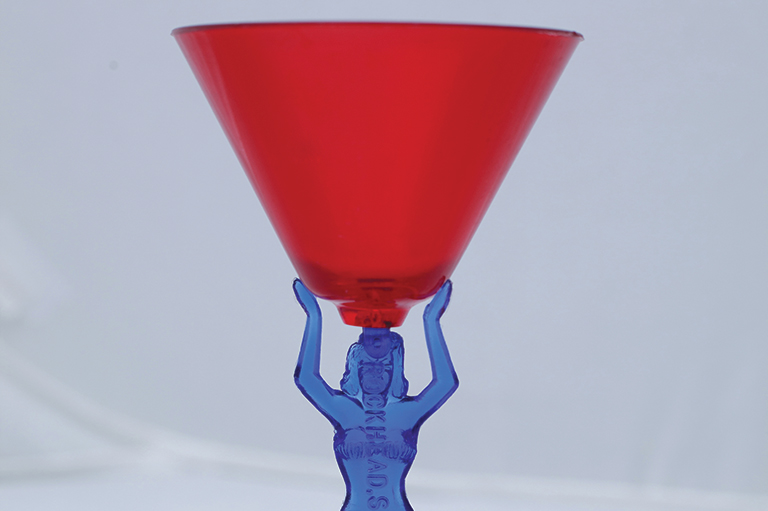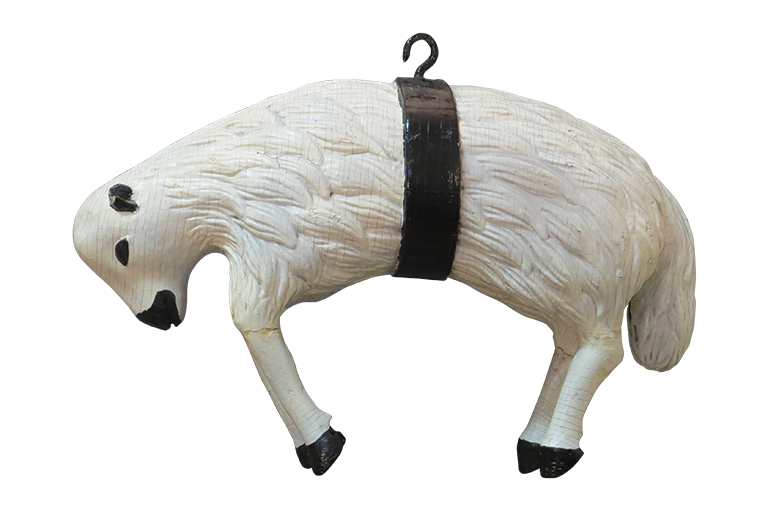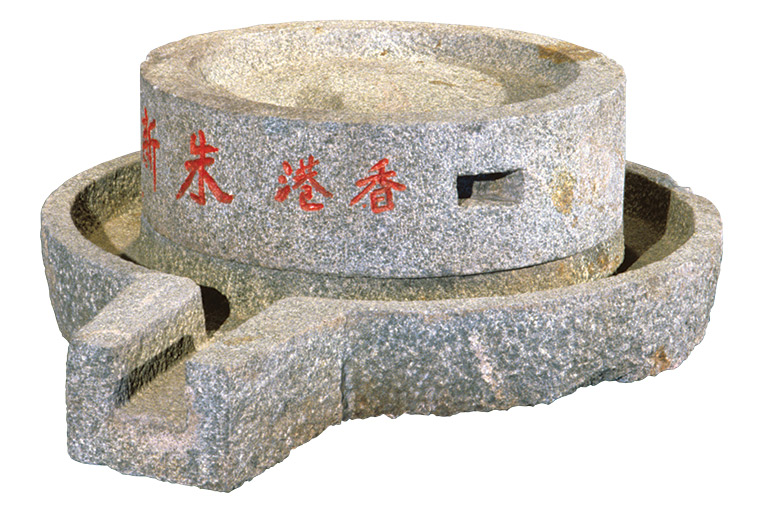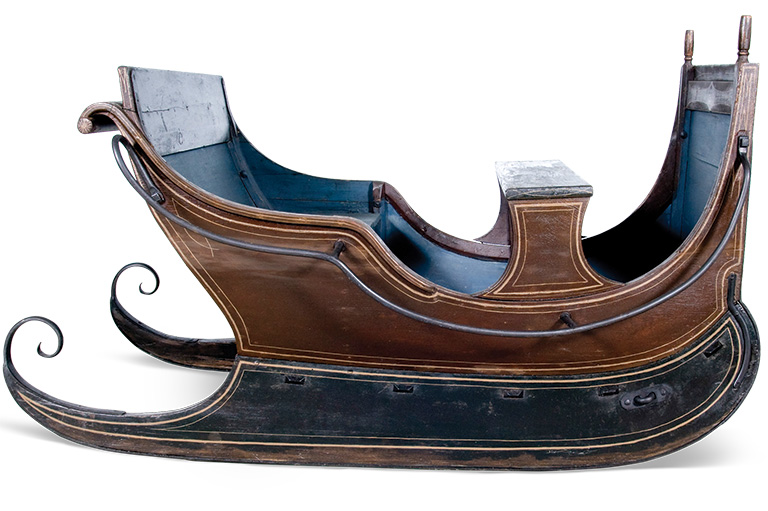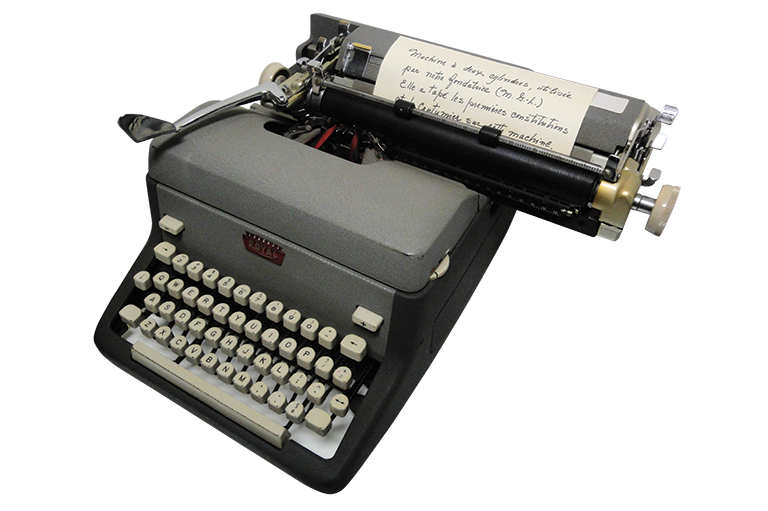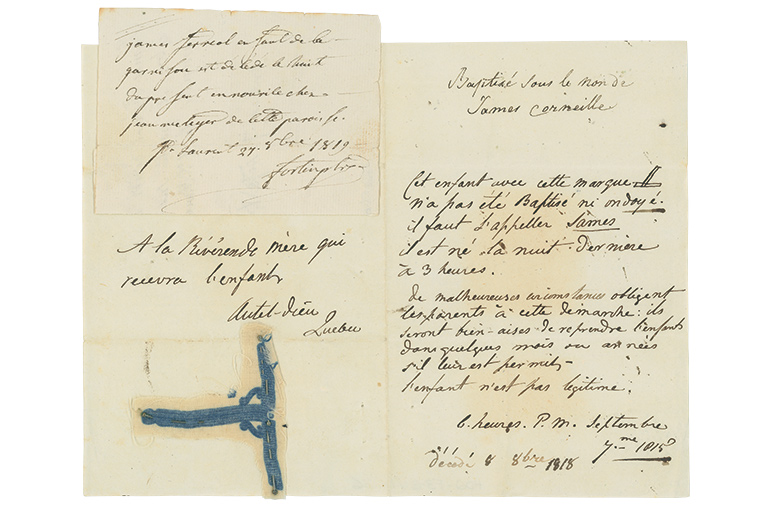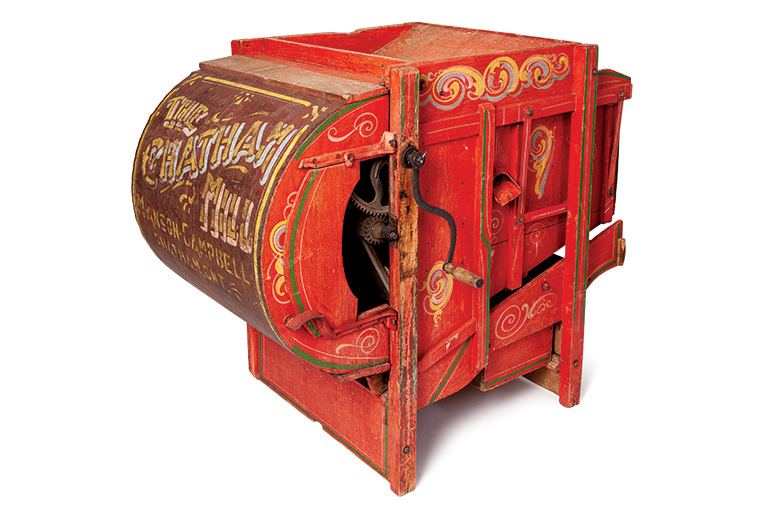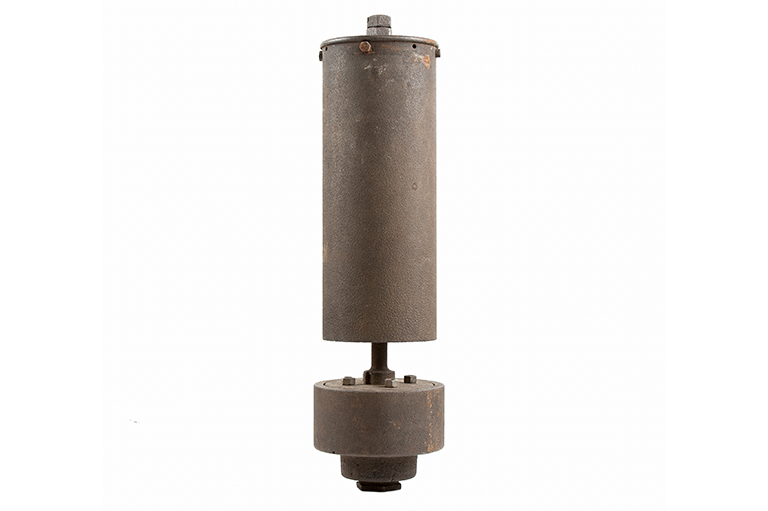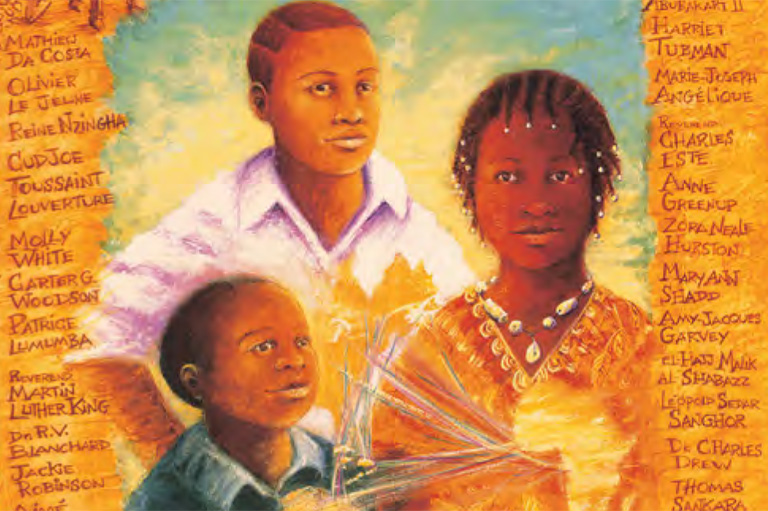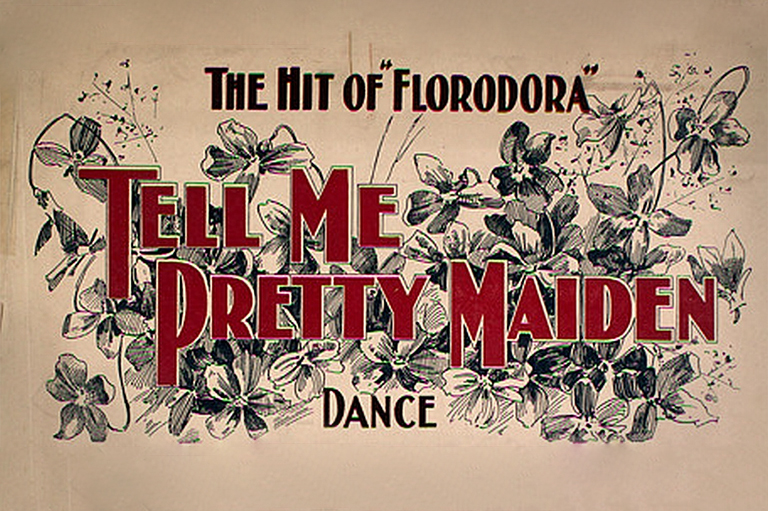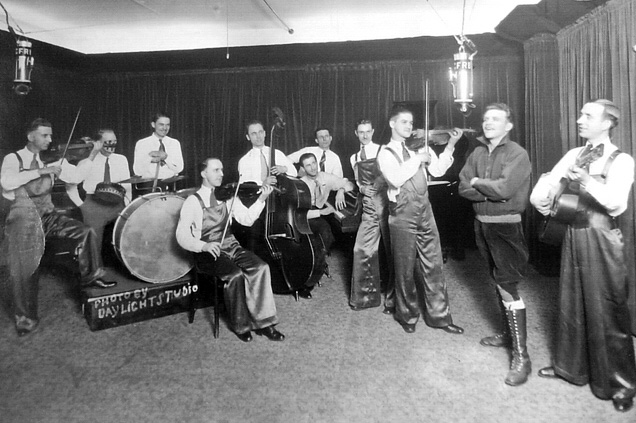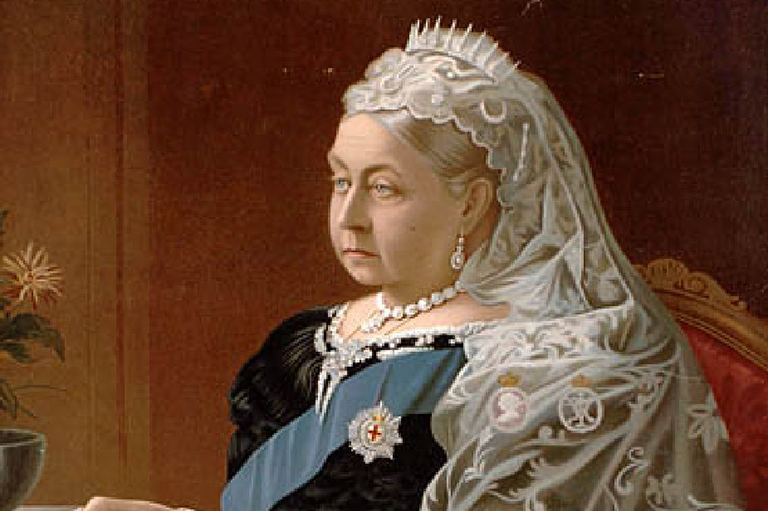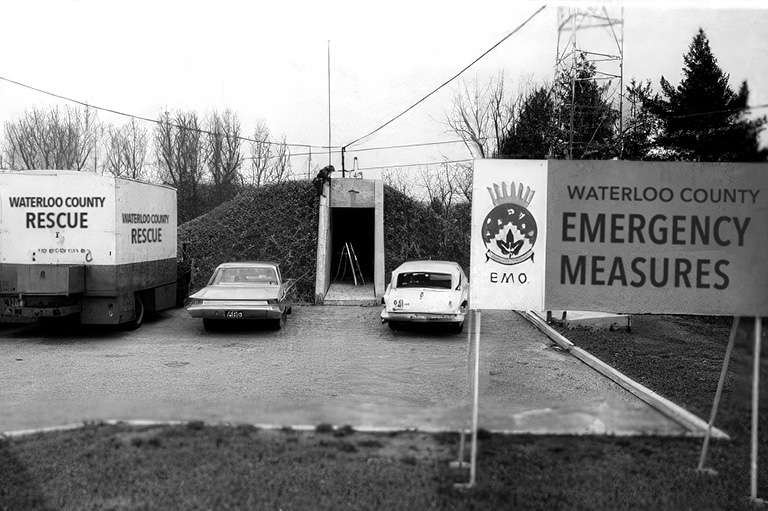Inside the Display Case

How many stories could Marguerite Bourgeoys’ little vellum bag tell? That famous French laywoman was 30 when she came to Ville Marie in 1653 to teach French colonists and Indigenous girls.
How many people could hear the music coming from that violin, made in London at the turn of the 19th century, which four generations of a Métis family settling in St. Boniface in the Red River colony played? How can we imagine winter in the Quebec countryside without the famous Ski-Dog, which, only because of a spelling error on a brochure, became Ski-Doo, that pioneering snowmobile that Joseph-Armand Bombardier’s company in Valcourt started producing in 1959?
These three objects cannot be more different from each other, but each one in its way invokes integral times and places in the history of the Francophone communities of Quebec and Canada. And they are only three of the 50 objects presented in this special issue, “50 Museum Marvels.”
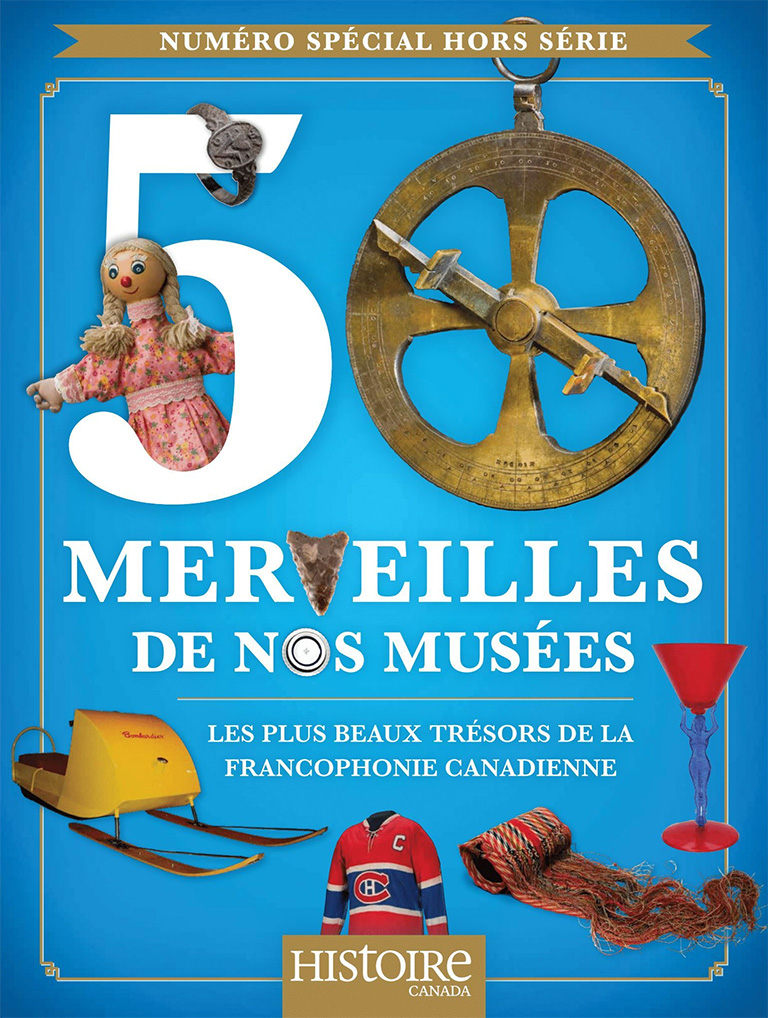
Approaching the history of Quebec and Canadian Francophones based on museum objects is a great challenge. The collaborators on this special issue are not only trying to describe those objects, which the museum curators have carefully chosen, but to present them in their historical context and suggest the meanings that we will be able to give them, meanings that are sometimes quite varied and even disputed.
A simple factory whistle becomes much more evocative when we know that, over the decades, successive generations of foremen blew it to announce the start of the workday for the Montreal Cotton textile workers in Salaberry-de-Valleyfield. A wooden barrel has a mundane appearance and nothing to attract the reader’s attention, but when we learn that it is a cod press conserved at the Paspébiac National Historic Site, a place that was a real hub of the international cod trade in the 18th and 19th centuries, and realize that the barrel and ones like it travelled all over the Gaspé Peninsula, the Maritimes, Europe and the West Indies, we become aware of its concrete and symbolic historic importance.
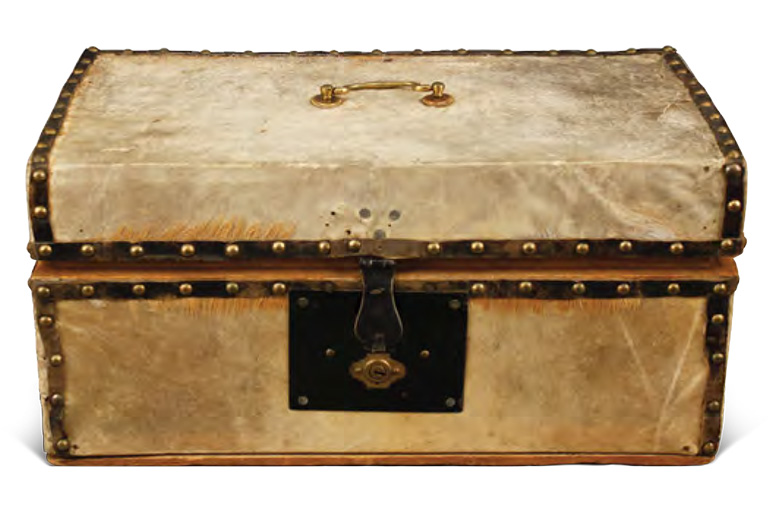
Of the hundreds of objects that dozens of museum curators suggested, the magazine team had to choose fifty. That process, which proved to be agonizing, was guided by the desire to highlight objects in this issue representing different eras, from the first contacts between Indigenous peoples and Europeans until the end of the 20th century. In the pages of this special issue, the magazine team wanted to see objects that not only bear witness to the history of Quebec and its inhabitants, but also to the history of the Acadians and Métis. Well-known objects, such as the astrolabe attributed to Samuel de Champlain and made in 1603, alongside objects of which the general public is unaware, such as a cradle from the time of New France made of pine and cherry and decorated with flowers that members of the Kahnawake Mohawk community painted on it. In these pages, we discover objects representing, sometimes surprisingly, political life, such as a dinnerware set decorated with the fleur-de-lys, created in 1947 for the Café du Parlement in the National Assembly building in Quebec City. We also see objects associated with daily life, even very private life, a fine example of which is a bonnet an Acadian woman wore before the deportation of 1755.
For a long time, in their research on written sources, university historians have tended to prioritize official and familial correspondence, diaries, military/political treaties and government publications. However, now some researchers are specializing in the analysis of iconographic sources: paintings, photographs and publicity. Furthermore, a small number of historians have started analysing material culture, usually the bailiwick of art historians, museologists, archaeologists and anthropologists. In fact, a fruitful collaboration between museologists and historic researchers is exactly what made the production of this special issue possible.
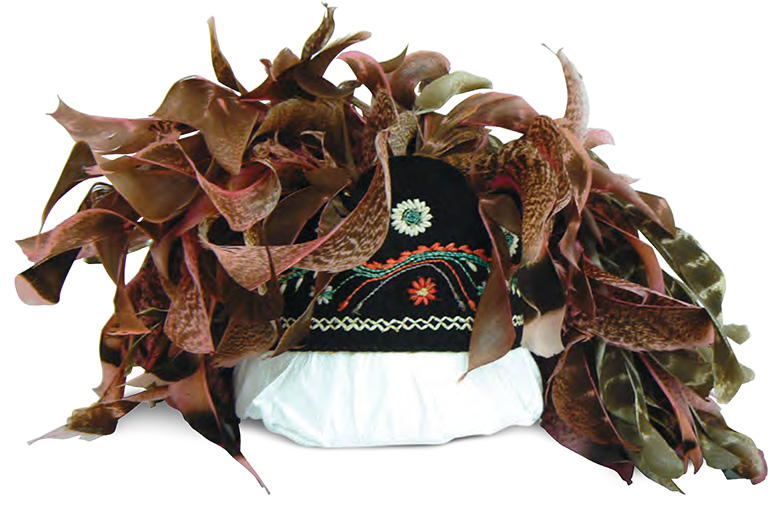
The 50 objects that are the subject of these pages are as diverse as the 37 museums and conservation facilities that house them. Château Ramezay, Saint Boniface Museum, Musée de la Gaspésie and Musée des Ondes Émile Berliner are institutions with different mandates and audiences where they have acquired objects and collections over the past decades and even centuries. Sometimes those objects are particular donations from the long-time residents of the area, local history fans, collectors and antique dealers. Sometimes they are objects that the members of a group have acquired and conserved, such as those in the collection of the Musée Royal 22e Régiment in Quebec City, or of women’s religious congregations, such as the objects at the Musée des Hospitalières de l’Hôtel-Dieu de Montréal and Monastère des Augustines in Quebec City.
For several decades, North American museum personnel have been pondering the provenance of their collections of Indigenous objects and the manner in which those objects (artifacts, paintings, photographs and even human body parts) have been acquired. As in other institutions across the country, the personnel of the McCord Museum in Montreal are committed to a process of decolonizing their practices. As curator Jonathan Lainey explains in his text published in this special issue, the people at the McCord Museum are actively working to give more space to Indigenous voices and perspectives. For both the conservation and showcasing of First Peoples’ material culture, McCord Museum personnel are convinced of the importance of respecting the protocols and concerns of communities of origin. In that regard, they rely on collaboration with Indigenous community members and the co-construction of knowledge and know-how.
As art historian Ruth Phillips commented, historic artifacts are “witnesses” of the past. Although they are taken out of their production and handling context and stored in institutions behind glass, they still talk to us and tell us grand and humble stories that intrigue us, inform us and maybe even move us.
We hope you’ll help us continue to share fascinating stories about Canada’s past by making a donation to Canada’s History Society today.
We highlight our nation’s diverse past by telling stories that illuminate the people, places, and events that unite us as Canadians, and by making those stories accessible to everyone through our free online content.
We are a registered charity that depends on contributions from readers like you to share inspiring and informative stories with students and citizens of all ages — award-winning stories written by Canada’s top historians, authors, journalists, and history enthusiasts.
Any amount helps, or better yet, start a monthly donation today. Your support makes all the difference. Thank you!
Themes associated with this article
Advertisement
Also in 50 merveilles de nos musées
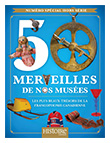
This special issue of Histoire Canada highlights beautiful treasures from Franco-Canadian communities across Canada. Available in French only.
With 7 uniquely curated newsletters to choose from, we have something for everyone.

